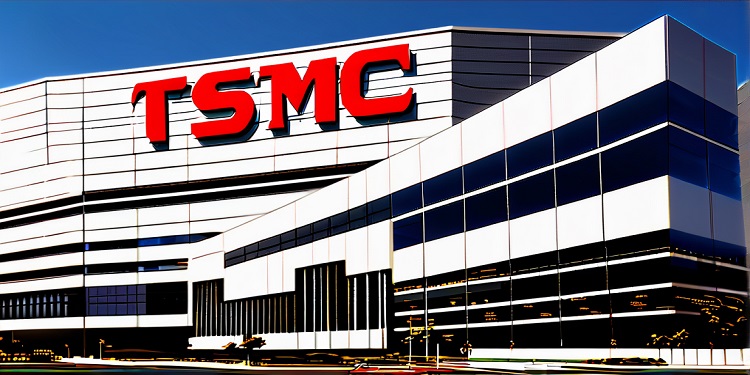TSMC, a global leader in semiconductor manufacturing, has taken a significant step forward by adopting NVIDIA’s cuLitho computational lithography platform. This strategic partnership aims to streamline the production of advanced semiconductor chips, allowing TSMC to increase its manufacturing efficiency and reduce costs. NVIDIA, which made the announcement on its official blog, sees this collaboration as a major shift in semiconductor fabrication, especially for complex and high-performance chips.
The Challenge of Computational Lithography
At the heart of semiconductor production lies computational lithography, a highly complex process used to etch intricate circuitry patterns onto silicon wafers. The process is both compute-intensive and resource-heavy, requiring vast computational power to simulate and perfect the lithography masks. This step traditionally involves immense computational tasks that rely on principles of electromagnetic physics, photochemistry, and distributed computing.
In the past, the lithography process has been a bottleneck in semiconductor manufacturing due to the sheer amount of computing power it demands. Creating a single chip mask set can consume over 30 million CPU hours, making it both time-consuming and costly. Semiconductor manufacturers have historically depended on massive data centers and billions of CPU hours to complete the necessary calculations, leading to long production times and substantial energy consumption.
NVIDIA’s cuLitho Accelerates Chip Production
The introduction of NVIDIA’s cuLitho platform promises to significantly change the dynamics of computational lithography. The cuLitho platform leverages NVIDIA’s H100 Tensor Core GPUs to handle the immense computing workload traditionally managed by CPUs. In practical terms, 350 of these GPU-based systems can replace up to 40,000 conventional CPU systems, which drastically reduces the time, energy, and costs associated with chip production.
By integrating this advanced technology, TSMC can now push its production capabilities to new heights. The use of GPU-accelerated computing allows for faster throughput and lower cycle times, reducing the amount of power required to complete the lithography process. TSMC’s CEO, Dr. C.C. Wei, emphasized that this technological upgrade would mark a significant improvement in performance, efficiency, and production speed, potentially reshaping how the company operates in the semiconductor space.
Generative AI’s Role in the Process
In addition to the computational acceleration provided by the cuLitho platform, NVIDIA has also integrated generative AI into the lithography process. This innovative use of AI enables a substantial speedup in the production of masks through optical proximity correction, a critical step in creating high-precision semiconductor chips. By incorporating generative AI, the platform can now produce near-perfect inverse masks that account for light diffraction, something that was traditionally a slow and resource-heavy process.
The use of generative AI in this context not only speeds up production but also enables more accurate simulations and mathematical corrections, allowing chip manufacturers to achieve higher precision in their designs. This is a notable breakthrough, as the semiconductor industry has seen little innovation in lithography processes over the past few decades. With cuLitho, NVIDIA has introduced a game-changing solution that allows TSMC to create more complex chips in less time.
Impact on the Semiconductor Industry
The partnership between TSMC and NVIDIA stands to have far-reaching implications for the semiconductor industry. The dramatic reduction in time and resource consumption for lithography means that TSMC can accelerate the development of new technology nodes. Techniques like inverse lithography, which were once impractical due to the extensive time required, are now feasible, opening the door to more powerful and efficient semiconductor designs.
As chipmakers strive to meet the growing demand for high-performance semiconductors, the combination of accelerated computing and AI-driven lithography could prove to be a pivotal factor in advancing the next generation of chip technologies. The ability to produce more precise chips faster and at a lower cost will undoubtedly give TSMC a competitive edge in a rapidly evolving market.
This collaboration between TSMC and NVIDIA highlights the transformative potential of combining cutting-edge computing technology with artificial intelligence. It signals a new era in semiconductor manufacturing, where innovative solutions will continue to drive the industry forward, making advanced chip technologies more accessible and efficient for a wide range of applications.
